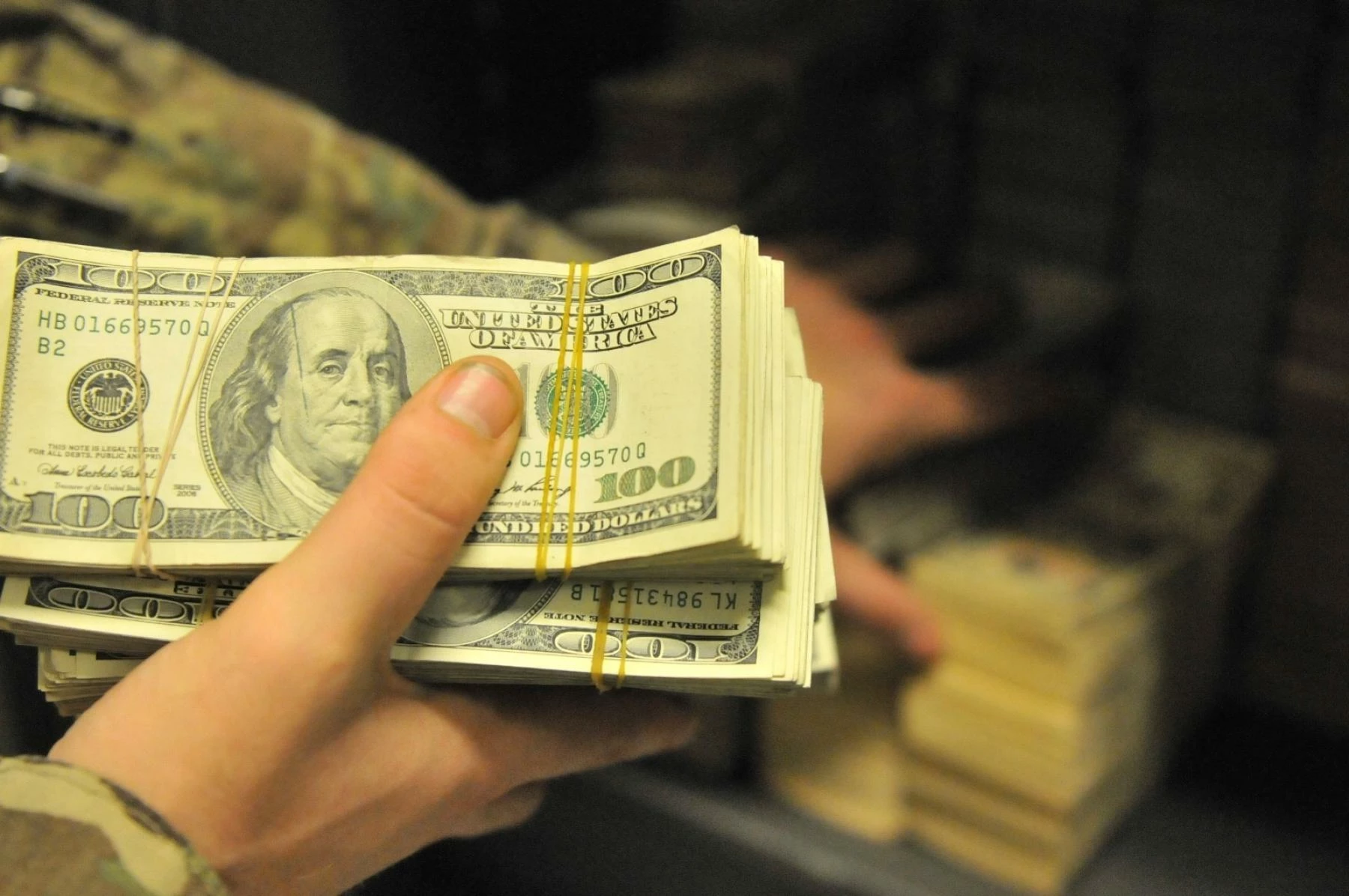
Member Article
Banknote counterfeiting: how VHP Security Paper makes it harder
It’s a known fact that banknotes are highly technical products, with large amounts of technology underpinning them. Though the printer takes on most of the anti-counterfeiting tasks, the paper medium is the basis on which will be built the graphical jigsaw. VHP Security Paper, the paper-producing division of Oberthur Fiduciaire, shows how to keep forgers at large.
A global plague
There isn’t a country in the world that isn’t confronted with banknote counterfeiting and globalization has made worse. At the end of 2016, the US Secret Service had to fly all the way to Peru to carry out a sting on a rogue lab producing high-quality US counterfeit bills. Peter Holley reported for the Washington Post: “Last week, the Secret Service announced its largest seizure of counterfeit currency to date, after recovering $30 million in fake U.S. bills and 50,000 euros piled in houses and apartment buildings in Lima.” With one in 10 000 bills turning out bogus, the United States is one of the most contaminated countries in the world.
England turns out at the unfortunate top of the list, with a staggering 1 in 30 forged banknotes. Most of the counterfeiting is carried out by regular profit-seeking criminals who use techniques very similar to narcotrafficking. But forgery is also used between nation-States as a means of “soft war” : North Korea is suspected of printing US dollars, and the American currency was contaminated up to 30% with fake bills during the Civil war, presumably to corrupt the Southern economic war effort.
The direct impact of counterfeiting is the reduction in value of financial instruments. Effectively, every regular banknote owned by a person is worth a few pennies less, every time a fake banknote is produced and circulated. Pushed to the extreme, counterfeit money can generate massive inflation.
In order to fight the plague, detectors are pre-positioned in strategic places, such as banks and large shops, and have the task of telling apart genuine banknotes and fake ones by carefully examining their ultra-precise features. This is where the responsibility of the paper mill and the banknote printer comes in.
VHP Security Paper controls both the product and its environment
VHP has been producing for 5 centuries, and banknote paper for 2. Banknote paper differs from regular paper in that is based on cotton and linen, which provide far better durability than regular wood pulp. The paper leaves the Dutch production facility almost blank for the printer to draw on, but not quite. Watermarks and security threads are already built within the paper, before the printer starts applying micro prints, holograms and other security features.
VHP holds two patents for watermarking, Pixel and Vision, which enable high levels of detail and also the inclusion of several colors, which it uses to build a “perspective image” despite the thinness of the medium. Another 5 patents cover the mill’s production of security threads, one of the banknote’s most important security designs. Threads can be designed in just about every fashion, built to react in specific ways according to light and angle of sight, and can portray microscopic levels of detail. Always in mind : making the product as complex as possible so as to make any reproductions stumble.
Simultaneously, VHP must keep an extremely tight working relationship with its printing counterpart. Robust reporting procedures and strict access control are indispensable to maintain the protection of industrial secrets. Should counterfeiters succeed in penetrating the supply chain, all of the research efforts would be null and void, and would only have succeeded in helping the criminals make undetectable products.
The Cerberus of anti-counterfeiting
The watchdog which protects economies against counterfeit money needs to have three heads : the paper mill, the printer and law enforcement. Perhaps more than the security designs themselves, the cooperation and coordination between these three worlds is essential to keep counterfeiting to a strict minimum. Any new development of banknotes, for instance, which has not been carefully concerted with detection system owners and agencies will lead to a technical hiatus which will amount for a window of opportunity for counterfeiters.
The recent deployment of new-generation polymer bills in England was botched, making the banknotes unsuitable to the configuration of ATMs, which are an important part of fake currency detection. “Cash recycling machine is a full-function ATM which can detect counterfeit notes,” said Ashok Shankar, solutions deployment manager, NCR Corporation India, following the installation of new-generation automatic tellers with detection capacities. “As of now, they were only accepting cash but later — when the banks and customers get accustomed to them — other features such as cash dispensing and utility bill payment would be switched on”, he said.
Close technical cooperation will also be essential between the mill and the printer, who needs to know what he can print, and where, on the paper. To that effect, Oberthur Fiduciaire, one of the world’s largest banknote printers, has recently acquired its former supplier VHP Security Paper. As now part of the same group, printer and paper mill can enhance their cooperation skills.
This was posted in Bdaily's Members' News section by Emma Miller .




 test article 123456789
test article 123456789
 hmcmh89cg45mh98-cg45hm89-
hmcmh89cg45mh98-cg45hm89-
 test456456456456456456
test456456456456456456
 test123123123123123123
test123123123123123123
 test xxxdiosphfjpodskhfiuodsh
test xxxdiosphfjpodskhfiuodsh
 Savour the flavour: North Tyneside Restaurant Week returns for 2024
Savour the flavour: North Tyneside Restaurant Week returns for 2024
 Six steps to finding the right buyer for your business
Six steps to finding the right buyer for your business
 Stephen signs off on a special night
Stephen signs off on a special night
 Life’s a Peachaus: Gillian Ridley Whittle
Life’s a Peachaus: Gillian Ridley Whittle
 Making a splash: Phil Groom
Making a splash: Phil Groom
 Making workplace wellbeing a priority
Making workplace wellbeing a priority
 A record of delivery, a promise of more: Ben Houchen
A record of delivery, a promise of more: Ben Houchen